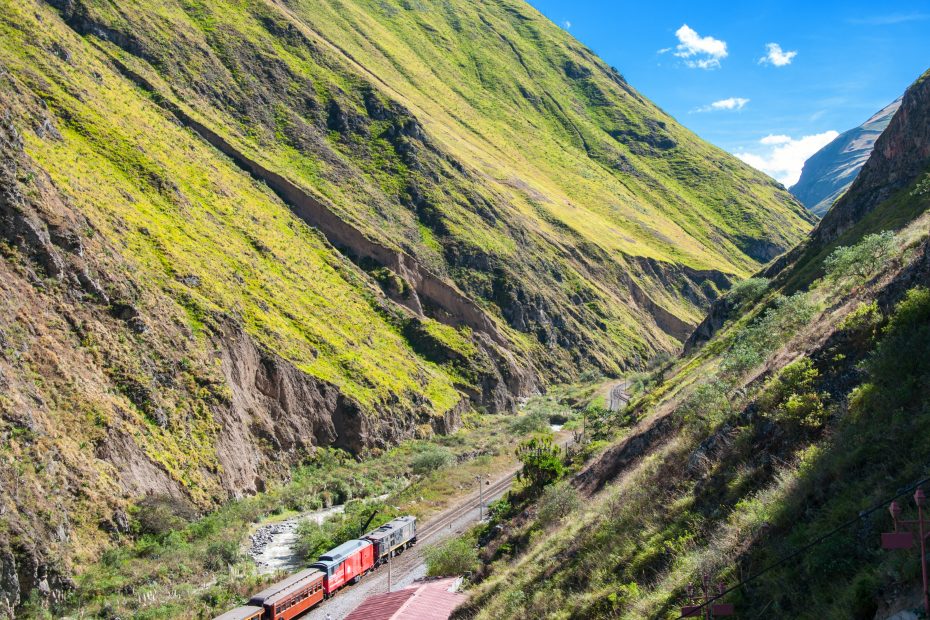Table of Contents
Introduction
The Amazon Rainforest is the world’s largest tropical rainforest, spanning over 2.1 million square miles across nine South American countries. Located in the Amazon River basin, it is home to incredible biodiversity, indigenous cultures, and many undiscovered secrets. But why is this mysterious forest so important, and what can we still uncover within its dense jungle canopy?
Major Facts and Statistics
The Amazon Rainforest represents over half of the planet’s remaining rainforests. It contains:
- 20% of the world’s fresh water supply
- 10% of all known species of plants, animals, and insects
- 2.5 million species of insects
- 40,000 plant species, 16,000 tree species
- 2,200 fishes species
- 378 reptile species
- 427 amphibian species
- 1,300 bird species
- 427 mammal species
- Estimated 400-500 indigenous groups speaking 86 languages
Unfortunately, approximately 17% of the Amazon has been lost in the last 50 years due to deforestation. Protecting this delicate ecosystem is crucial.
Layers and Ecosystems
The Amazon consists of multiple layers, each with unique plants and animals adapted to their environment:
Emergent Layer
The tallest trees reaching up to 200 feet tall.
Canopy Layer
The leafy rooftop 60-90 feet above ground, receiving most sunlight, allowing for plant and animal diversity.
Understory Layer
Smaller trees 10-60 feet high under the canopy, receiving little light.
Forest Floor
Only 2% of light reaches the ground, where seedlings sprout along with fungi, insects, and reptiles.
Aquatic Ecosystems
Flooded forests, streams, ponds, wetlands. Anacondas, pink river dolphins, piranhas, and other aquatic life thrive here.
Unique Flora
Some of the Amazon’s most fascinating plant life includes:
Kapok Tree
Massive trees with thorns and large seed pods used for cotton and canoes.
Brazil Nut Tree
Seeds are harvested as the edible Brazil nut.
Cacao Tree
Cacao pods produce cocoa beans used for chocolate products.
Bromeliads
Unique flowering plants that grow on trees without soil, relying on rainwater.
Orchids
Beautiful blooms numbering over 3000 species. Some don’t bloom for up to 100 years!
Exotic Fauna
The rainforest’s diverse animal life includes majestic and mysterious creatures:
Jaguars
The largest cat of the Americas, these skilled hunters have powerful jaws to crush turtle shells.
Macaws
Brilliantly colored parrots with strong curved beaks for cracking nuts and seeds.
Poison Dart Frogs
Tiny but toxically deadly frogs with skin secretions used by indigenous peoples on blowdarts.
Anacondas
Gigantic boa constrictors can grow to 30 feet long, swallowing wild pigs and deer whole.
Sloths
Iconic slow-moving mammals spend most of their time upside-down in trees. Two- and three-toed species.
Threats and Conservation
This complex ecosystem faces multiple threats:
Deforestation
Due to logging, cattle ranching, mining, agriculture and development. A leading driver of habitat loss.
Climate Change
Increased warming and droughts make the forest more vulnerable to fires.
Illegal Wildlife Trade
Poaching for animal skins, pets and traditional medicine. Pushes endangered species closer to extinction.
Conservation Efforts
Protecting indigenous lands, sustainable harvesting of Brazil nuts and rubber, ecotourism, replanting native tree species.
Importance of the Amazon
Why is saving the Amazon critical?
Biodiversity Hotspot
This intricate web of life has much still to reveal about ecological balance.
Carbon Sink
The Amazon’s trees store 90-140 billion metric tons of carbon, slowing climate change.
Indigenous Cultures
Protecting indigenous lands preserves ancient cultures and knowledge.
Potential Medicines
Over 120 pharmaceuticals come from rainforest plants, with countless more undiscovered.
Conclusion
The Amazon Rainforest remains full of mysteries, from new species waiting to be found, to indigenous wisdom yet untapped. But destructive human activity threatens to destroy it before we can fully understand and appreciate its wonders. Protecting this global treasure must become a priority. We all have a role to play in being stewards of the Amazon.
FAQs
What percentage of the world’s oxygen does the Amazon produce?
Despite its lush greenery, the Amazon only produces around 6% of the world’s oxygen. The majority comes from marine phytoplankton. However, the Amazon still plays a vital role in regulating the global climate.
How many layers does the Amazon rainforest have?
The Amazon has four main layers: the emergent, canopy, understory, and forest floor. Some also consider the aquatic ecosystems a fifth layer. Each layer has distinct flora and fauna.
What is the most biologically diverse area of the Amazon?
The Amazon river basin near Iquitos, Peru is considered the most biodiverse area of the Amazon rainforest, with an abundance of endemic species.
How many indigenous tribes live in the Amazon?
There are an estimated 400-500 different indigenous groups with around 3 million people living in the greater Amazon region. Many tribes remain uncontacted by modern civilization.
What species have gone extinct in the Amazon due to deforestation?
Deforestation has caused several local extinctions of Amazonian plants and animals, including the golden parakeet, crested eagle, and giant arapaima. Many more are endangered. Protecting habitat is critical.
